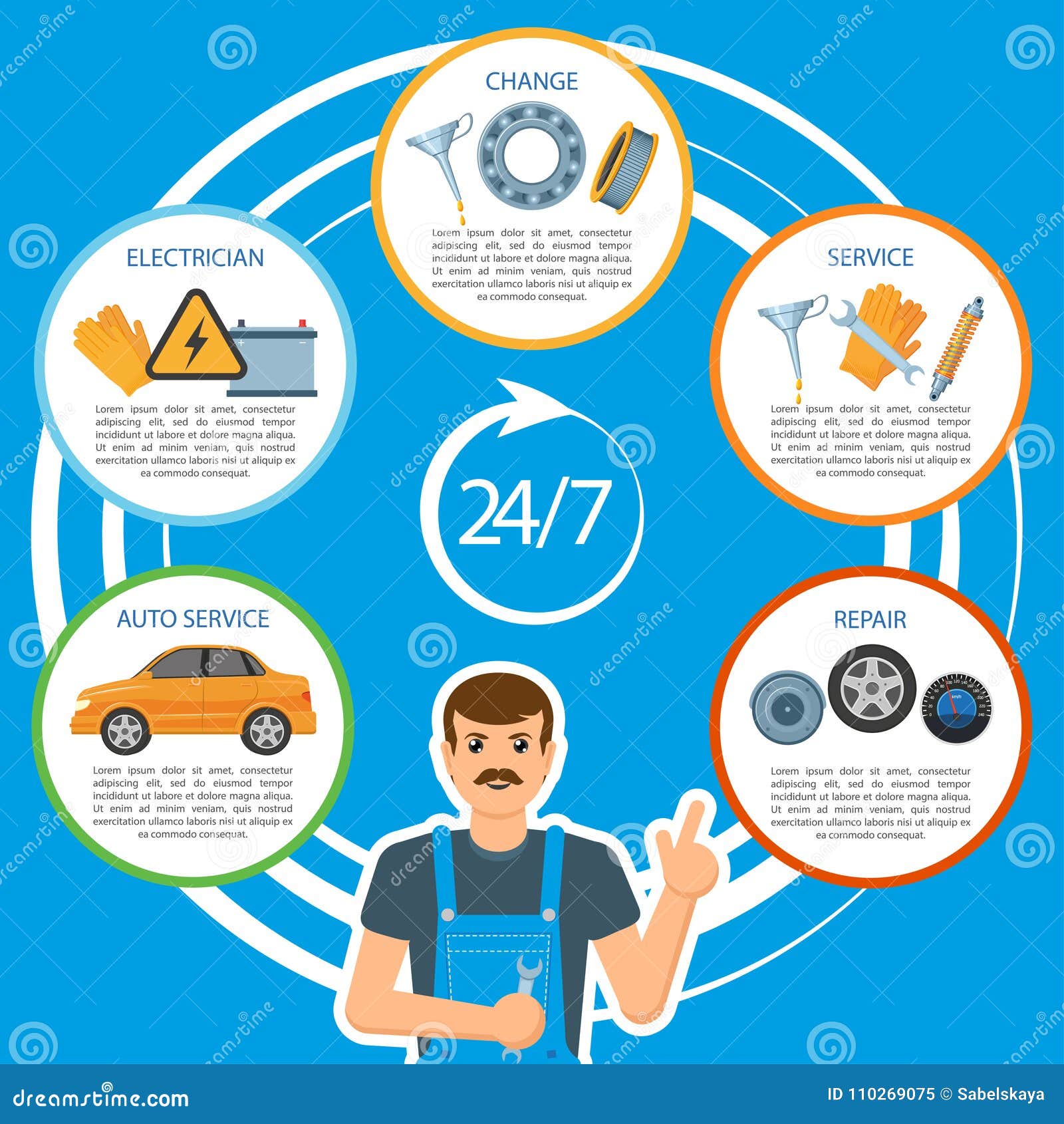Curious About Those Dashboard Caution Lights In Your Car? Learn What They Suggest For Your Vehicle'S Health And Safety
Curious About Those Dashboard Caution Lights In Your Car? Learn What They Suggest For Your Vehicle'S Health And Safety
Blog Article
Material Create By-Termansen Gilbert
When you lag the wheel, those glowing warning lights on your dashboard can be a little bit complicated. Do you understand what they're trying to inform you regarding your vehicle's health and wellness? Understanding the value of these lights is crucial for your security and the long life of your vehicle. So, car detiling following time one of those lights appears, wouldn't you intend to decipher its message precisely and take the needed steps to resolve it?
Common Warning Lights and Interpretations
Recognize typical caution lights in your car and understand their definitions to ensure safe driving.
One of the most regular caution lights consist of the check engine light, which signals issues with the engine or emissions system. If this light comes on, it's vital to have your vehicle checked without delay.
The oil stress advising light suggests reduced oil stress, needing prompt focus to avoid engine damage.
A flashing battery light may suggest a faulty charging system, potentially leaving you stranded otherwise addressed.
The tire pressure surveillance system (TPMS) light alerts you to reduced tire pressure, influencing vehicle stability and fuel performance. Overlooking this could bring about hazardous driving conditions.
The abdominal light suggests a trouble with the anti-lock stopping system, jeopardizing your capacity to stop swiftly in emergency situations.
Finally, the coolant temperature cautioning light warns of engine overheating, which can lead to severe damages if not resolved swiftly.
Comprehending these typical caution lights will certainly help you resolve problems immediately and keep secure driving conditions.
Value of Prompt Attention
Recognizing the common warning lights in your auto is only the first step; the value of quickly dealing with these warnings can't be highlighted sufficient to ensure your security when traveling.
When a caution light illuminates on your dashboard, it's your auto's method of interacting a potential problem that requires attention. Ignoring these warnings can lead to much more severe issues down the road, endangering your safety and security and possibly costing you a lot more in repairs.
Prompt interest to cautioning lights can stop breakdowns and mishaps. For instance, a blinking check engine light might indicate a misfire that, if left ignored, could cause damage to the catalytic converter. Addressing this quickly can conserve you from a pricey repair.
In a similar way, a brake system alerting light could indicate reduced brake liquid or worn brake pads, critical parts for your safety and security when driving.
DIY Troubleshooting Tips
If you discover a warning light on your control panel, there are a couple of DIY repairing suggestions you can attempt before looking for professional aid.
The initial step is to consult your auto's manual to recognize what the particular caution light indicates. In just click the following post can be as basic as a loosened gas cap causing the check engine light. Tightening the gas cap might fix the trouble.
One more typical issue is a low battery, which can trigger various advising lights. Inspecting the battery links for corrosion and ensuring they're secure may repair the problem.
If a caution light continues, you can attempt resetting it by disconnecting the cars and truck's battery for a few mins and afterwards reconnecting it. Furthermore, checking your automobile's liquid degrees, such as oil, coolant, and brake fluid, can aid troubleshoot advising lights connected to these systems.
Final thought
In conclusion, recognizing your vehicle's caution lights is necessary for maintaining your car running smoothly and safely. By promptly attending to these alerts and recognizing what they suggest, you can avoid costly repair work and prospective failures.
Remember to consult your automobile's guidebook for specific details on each alerting light and act appropriately to guarantee a trouble-free driving experience.
Keep informed, stay secure when traveling!
